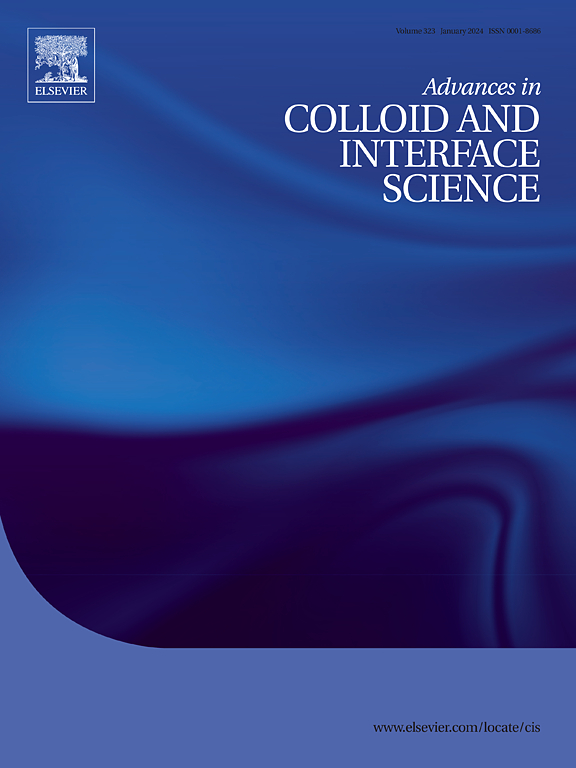Biomimetic materials for efficient emulsion separation: Based on the perspective of energy
IF 15.9
1区 化学
Q1 CHEMISTRY, PHYSICAL
引用次数: 0
Abstract
Purifying emulsified oily wastewater is particularly crucial for solving environmental pollution and water scarcity. Membrane separation shows great potential for emulsified wastewater treatment. However, realizing continued effective emulsion separation remains a significant challenge. Fortunately, various kinds of creative schemes have been proposed to overcome the current dilemma. In this paper, biomimetic emulsion separation materials with unique wettability are introduced. Besides, This article summarizes the recently advanced emulsion separation strategies. First, we analyze the typical wettability theory and explore the trade-off between separation flux and efficiency. After that, based on emulsion types, the current common emulsion separation materials are summarized and analyzed. Notably, the integration of natural biological inspiration has made separation materials full of potential. Further, from the perspective of external energy input or no-external energy input, this article provides an overview of advanced emulsion separation materials and analyzes the potential separation mechanism. Encouragingly, efficient emulsion separation can be realized by membrane characteristics (microstructure, superwettability, electrostatic interaction) or the appropriate external stimulus (photo, electricity, magnetic). Finally, the challenges and trends are summarized. We hope that this article will provide inspiration for the advancement of novel generations of separation materials.

用于乳液高效分离的仿生材料:基于能量的视角
乳化含油废水的净化对于解决环境污染和水资源短缺问题尤为重要。膜分离技术在乳化废水处理中具有广阔的应用前景。然而,实现持续有效的乳液分离仍然是一个重大挑战。幸运的是,人们提出了各种创造性的方案来克服目前的困境。本文介绍了具有独特润湿性的仿生乳液分离材料。此外,本文还对近年来先进的乳化液分离策略进行了综述。首先,我们分析了典型的润湿性理论,并探讨了分离通量与效率之间的权衡。然后,根据乳化液的种类,对目前常用的乳化液分离材料进行了总结和分析。值得注意的是,自然生物灵感的融合使分离材料充满了潜力。进一步,从外部能量输入或无外部能量输入的角度,综述了先进的乳液分离材料,并分析了其潜在的分离机理。令人鼓舞的是,通过膜的特性(微观结构、超润湿性、静电相互作用)或适当的外部刺激(光、电、磁),可以实现高效的乳液分离。最后,总结了面临的挑战和发展趋势。希望本文能对新一代分离材料的研制提供启示。
本文章由计算机程序翻译,如有差异,请以英文原文为准。
求助全文
约1分钟内获得全文
求助全文
来源期刊
CiteScore
28.50
自引率
2.60%
发文量
175
审稿时长
31 days
期刊介绍:
"Advances in Colloid and Interface Science" is an international journal that focuses on experimental and theoretical developments in interfacial and colloidal phenomena. The journal covers a wide range of disciplines including biology, chemistry, physics, and technology.
The journal accepts review articles on any topic within the scope of colloid and interface science. These articles should provide an in-depth analysis of the subject matter, offering a critical review of the current state of the field. The author's informed opinion on the topic should also be included. The manuscript should compare and contrast ideas found in the reviewed literature and address the limitations of these ideas.
Typically, the articles published in this journal are written by recognized experts in the field.

 求助内容:
求助内容: 应助结果提醒方式:
应助结果提醒方式:


